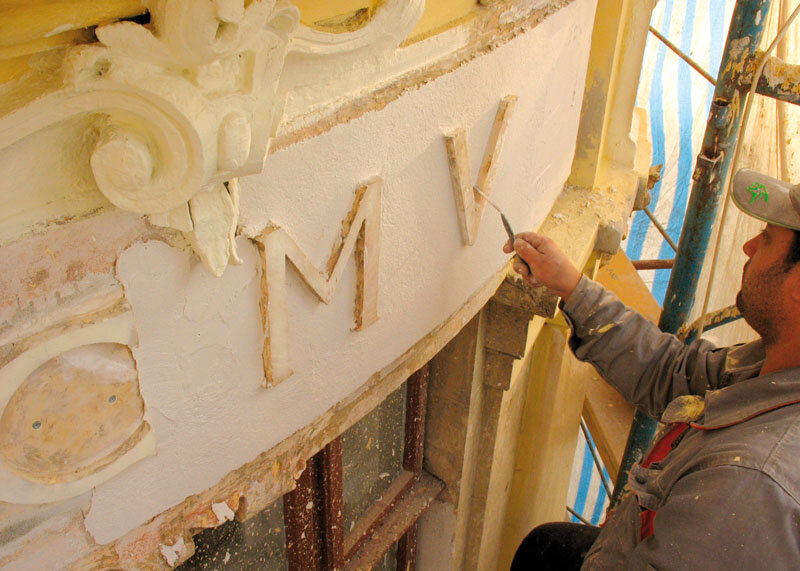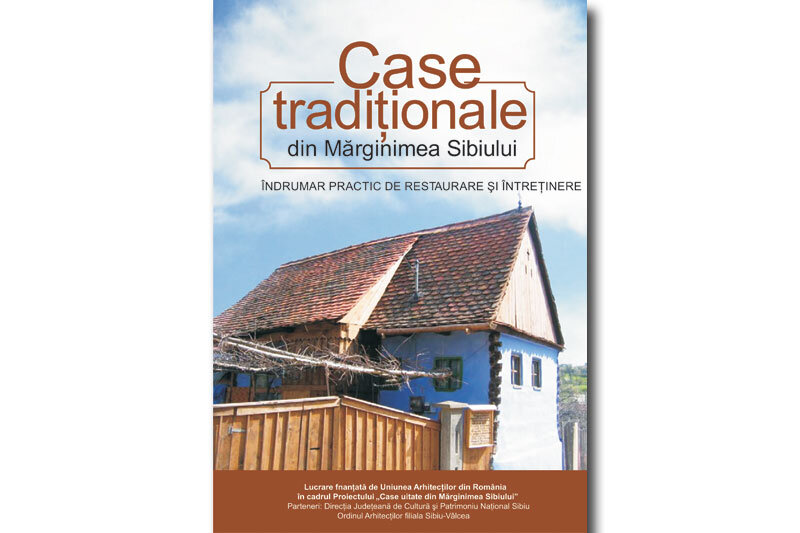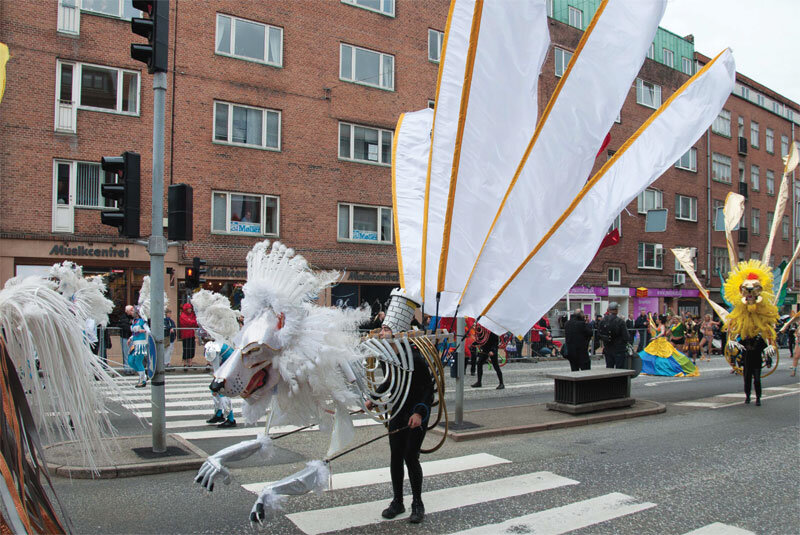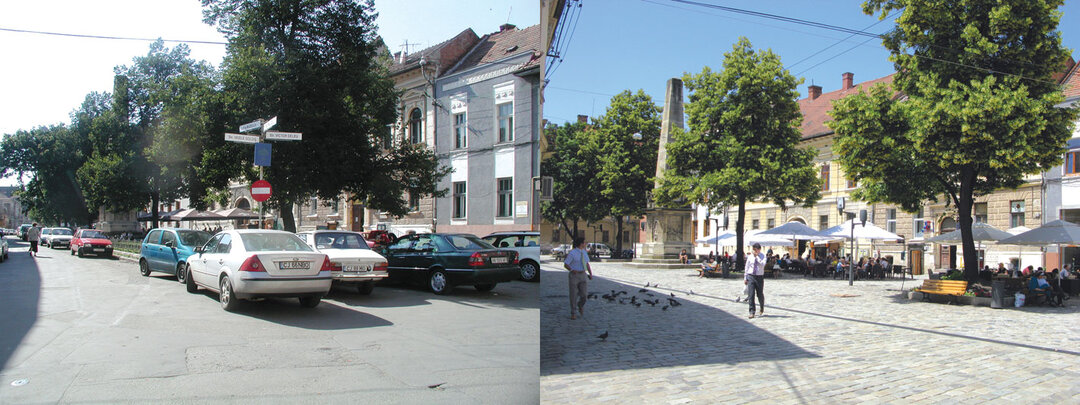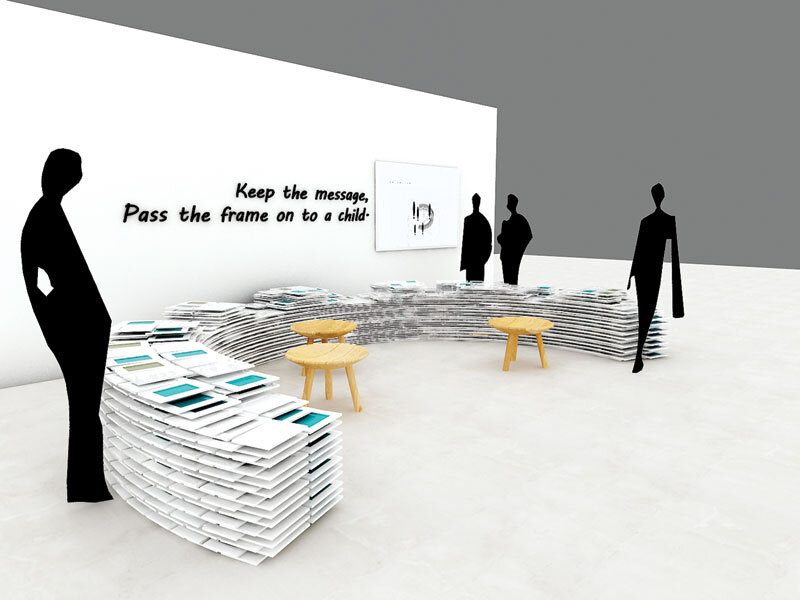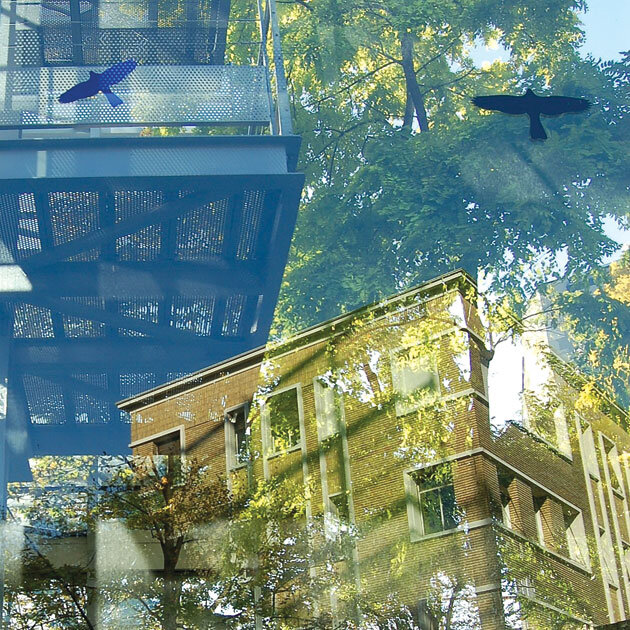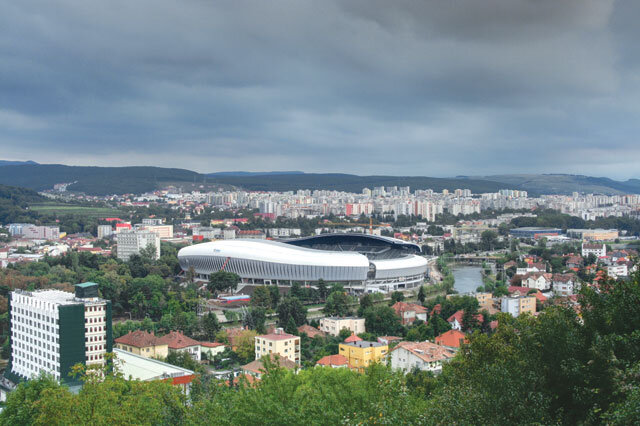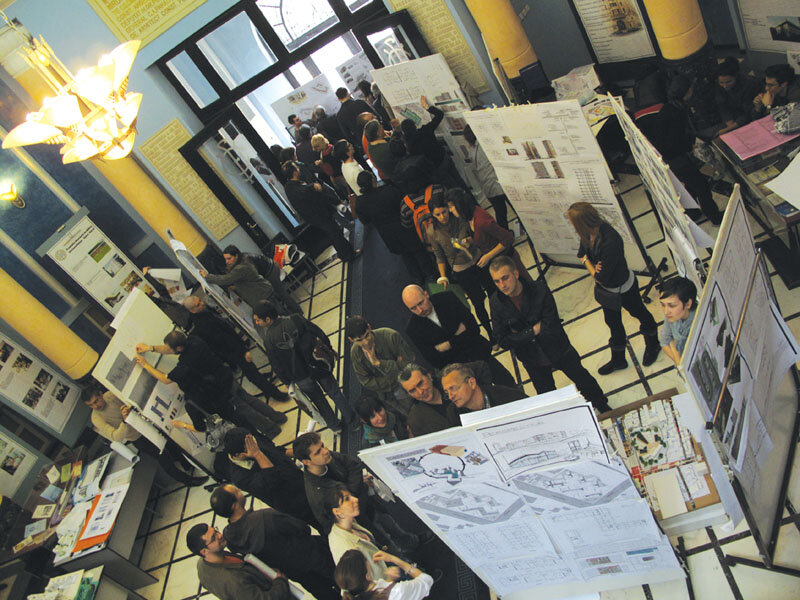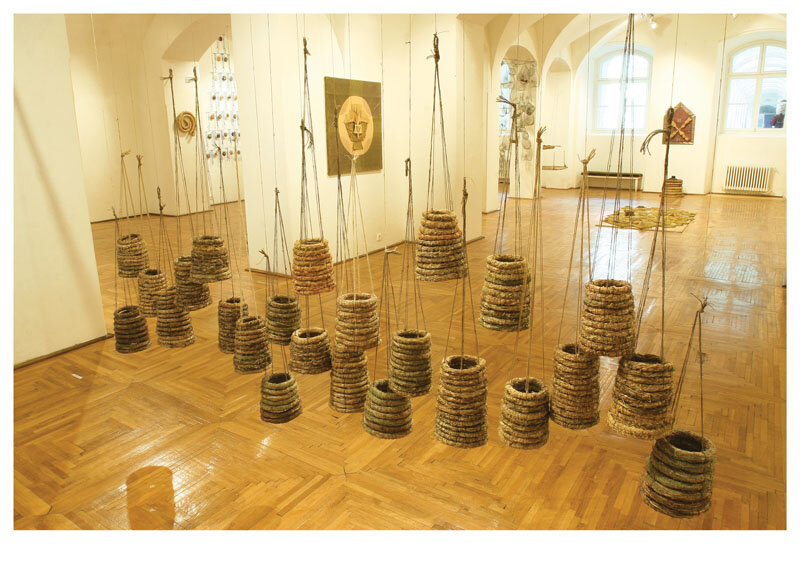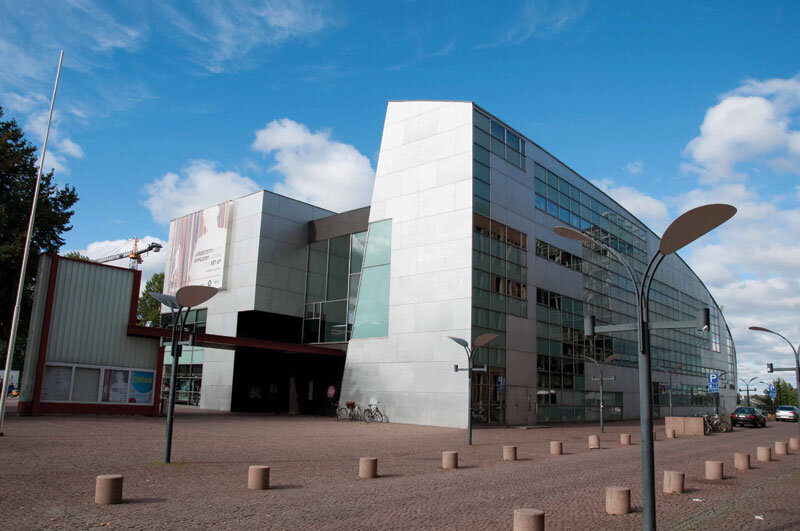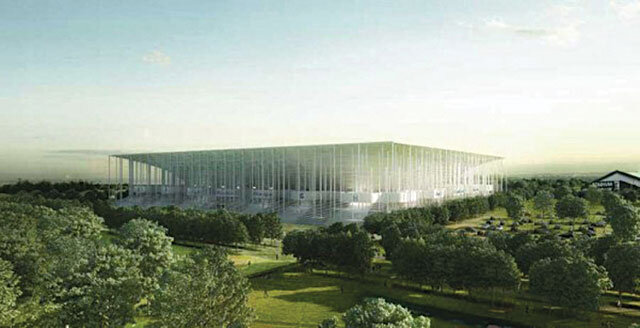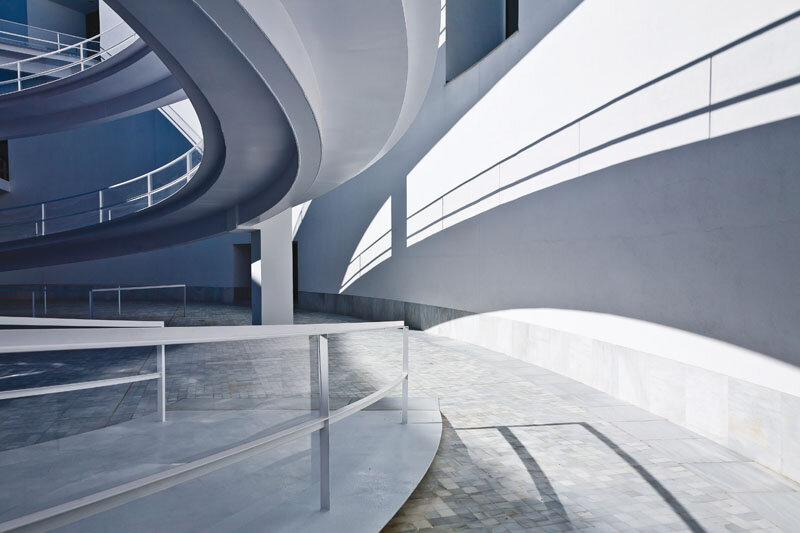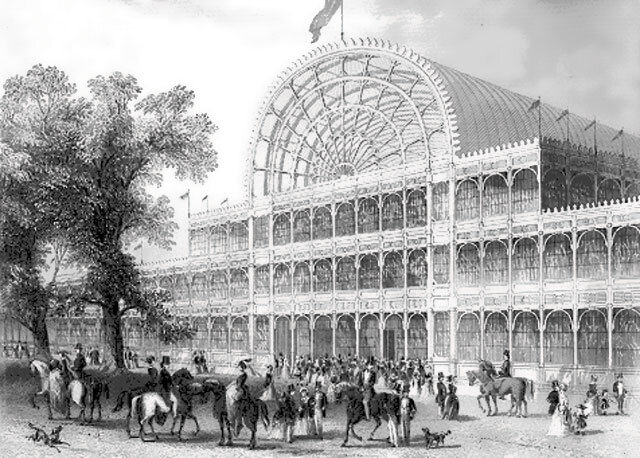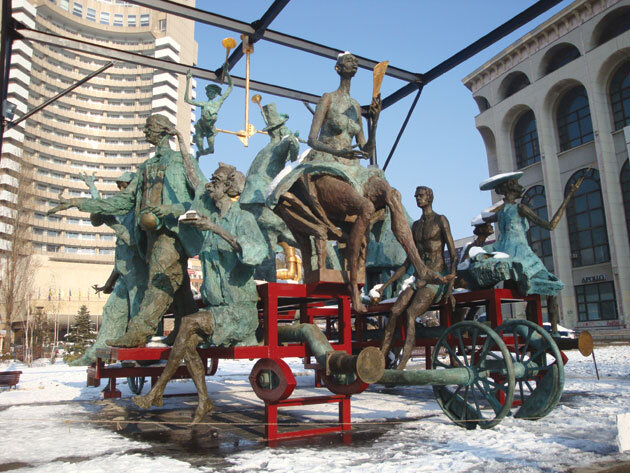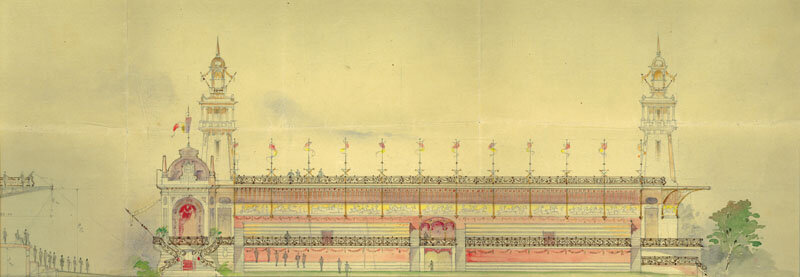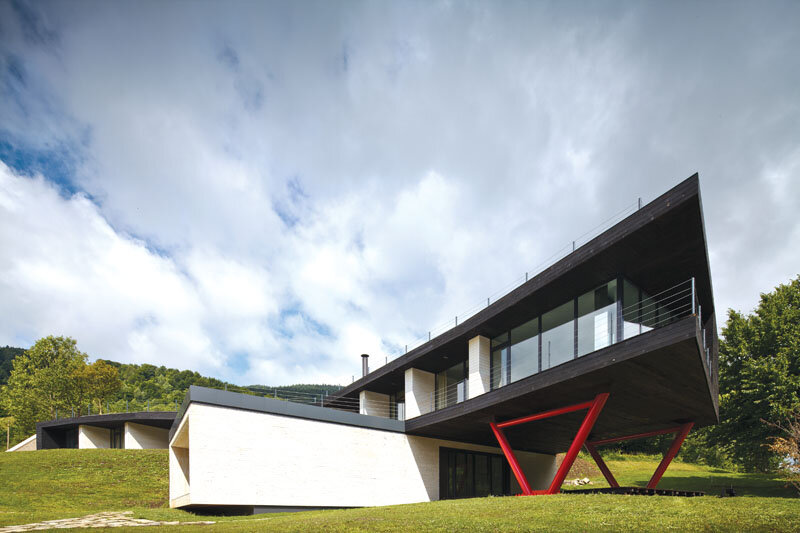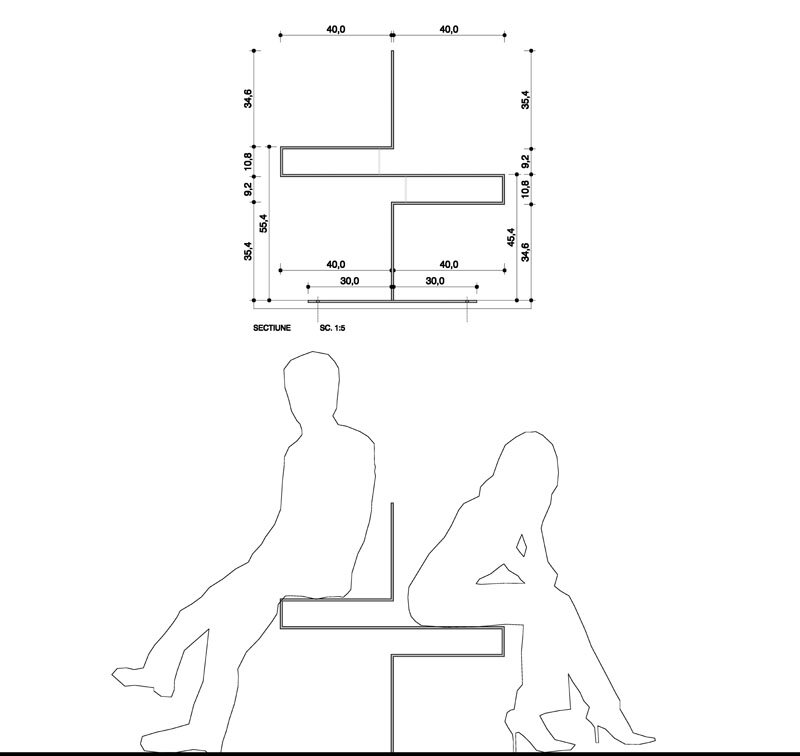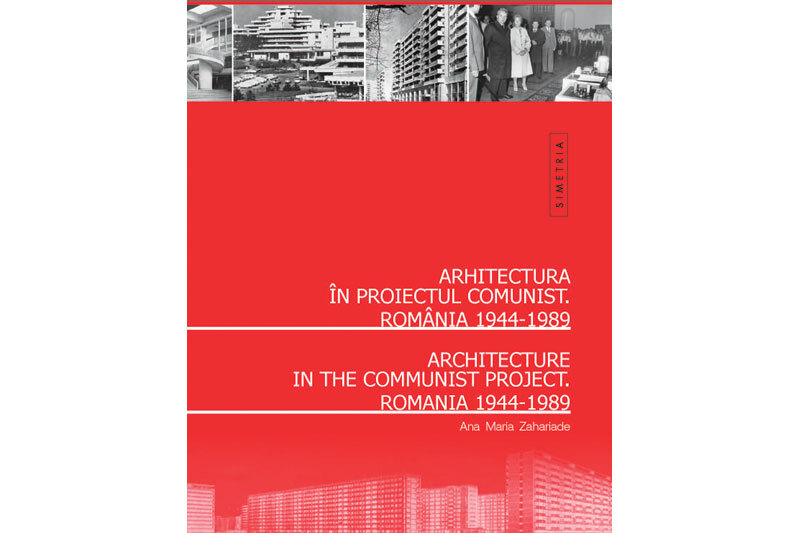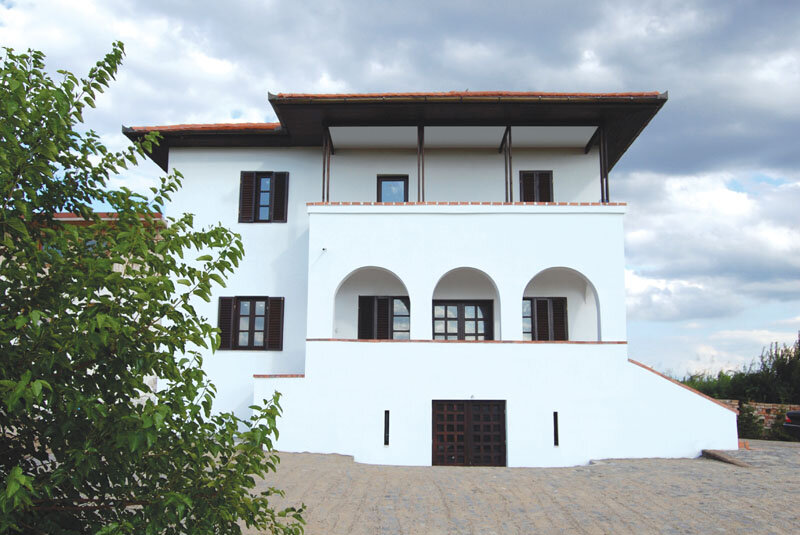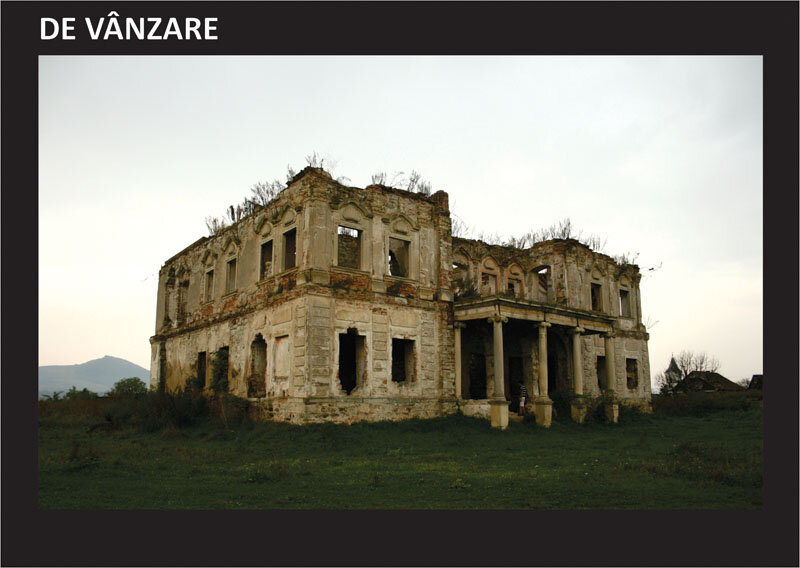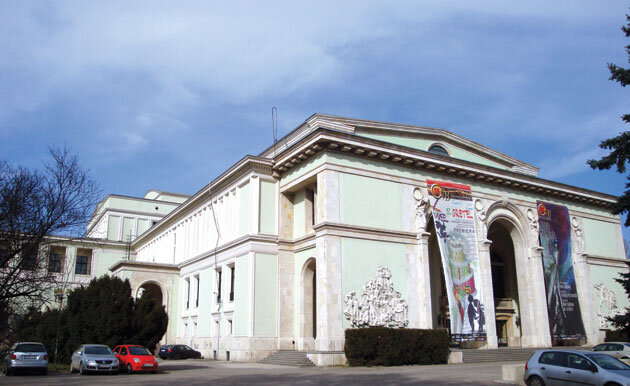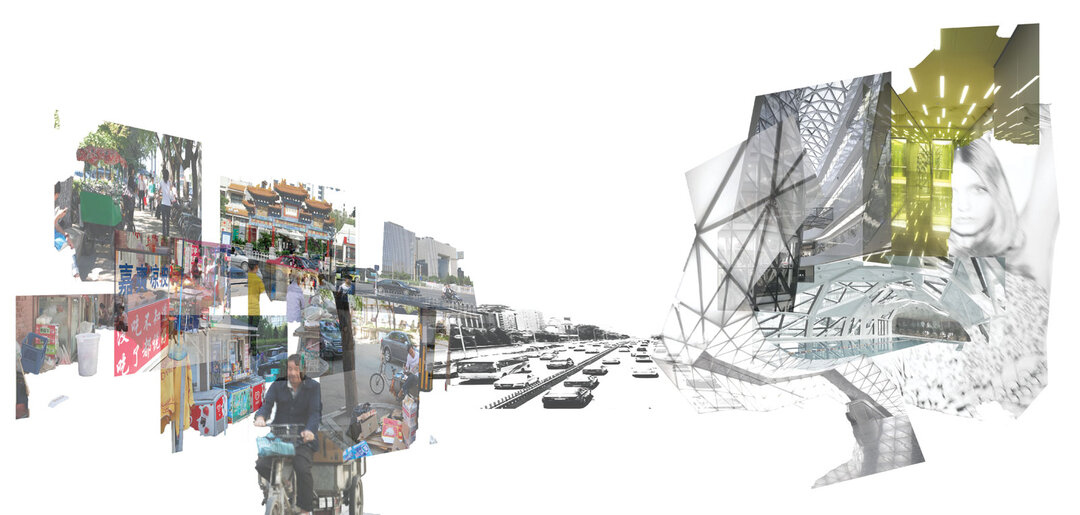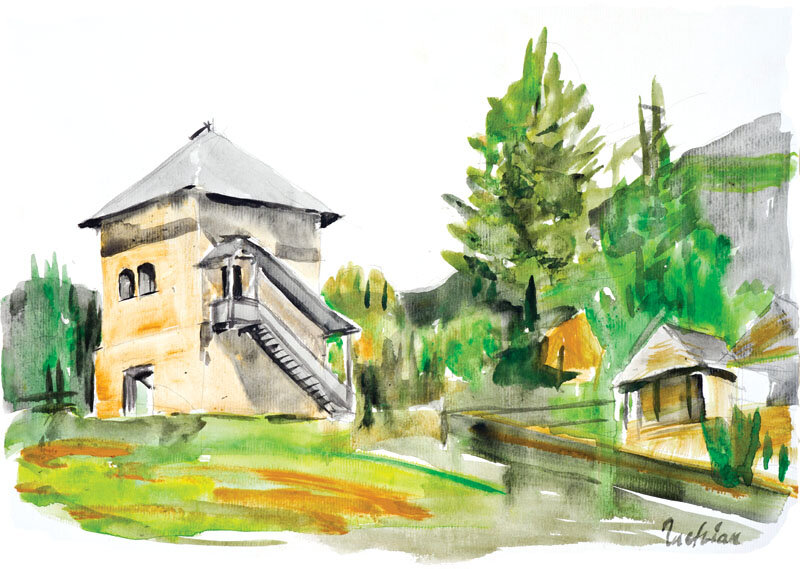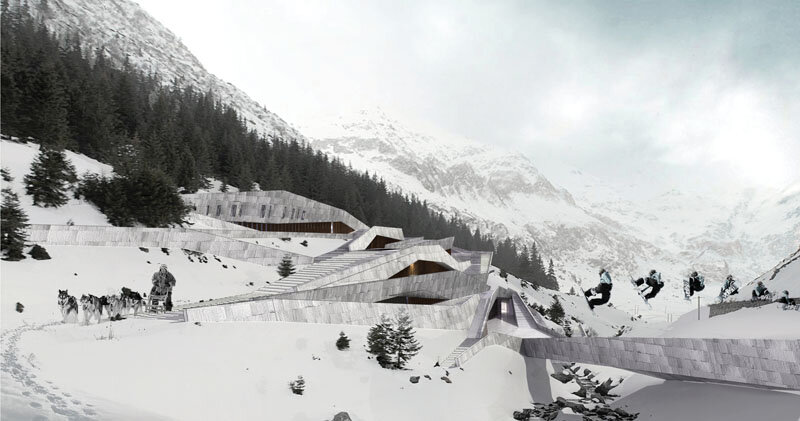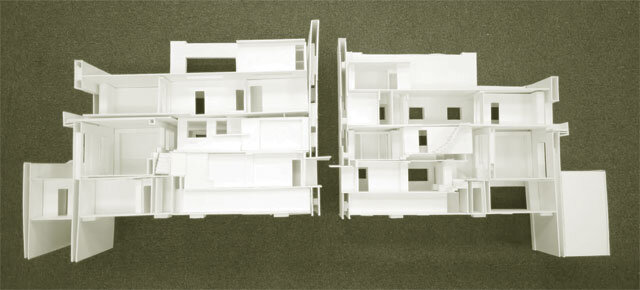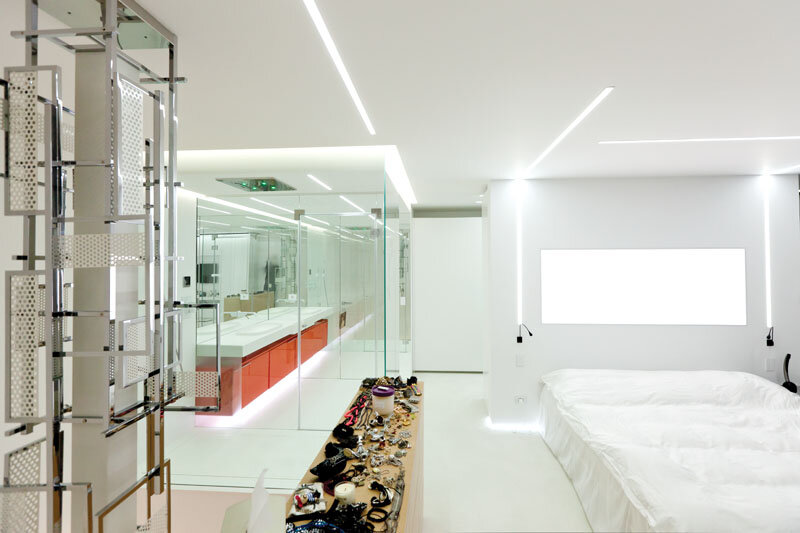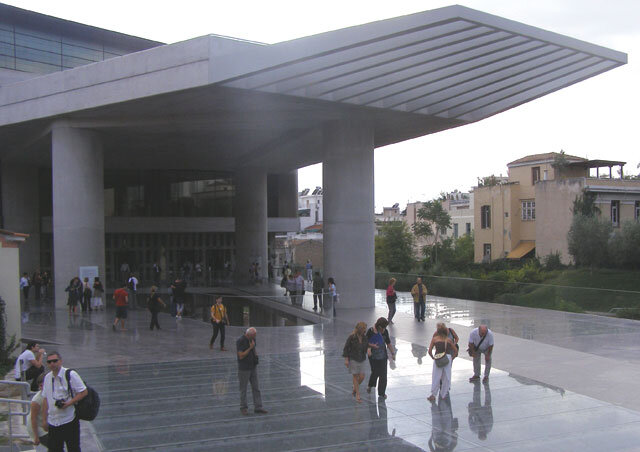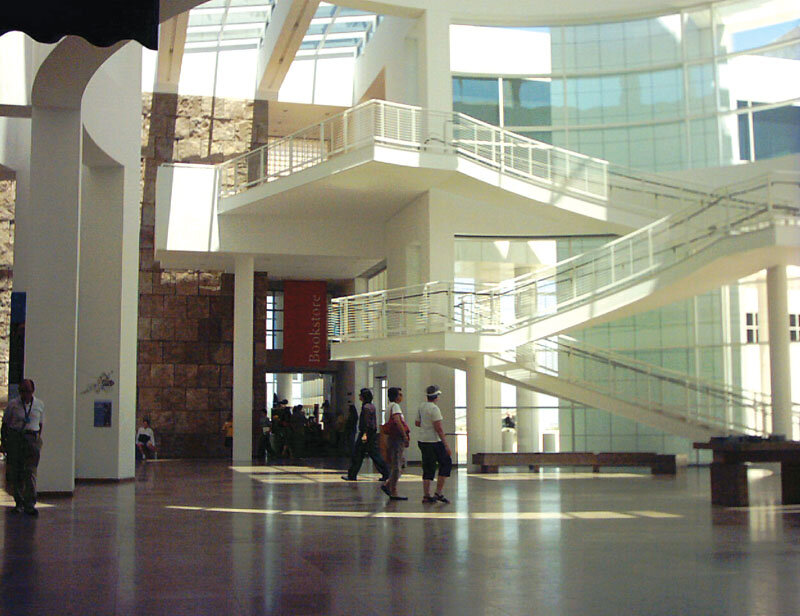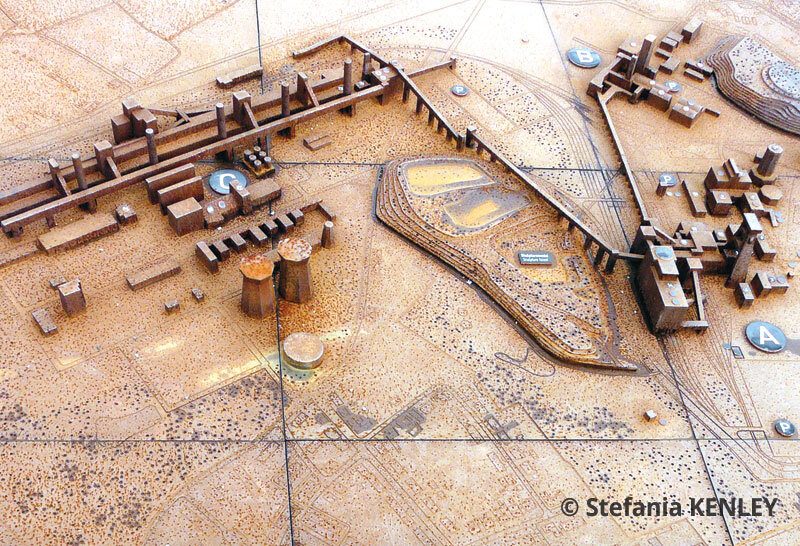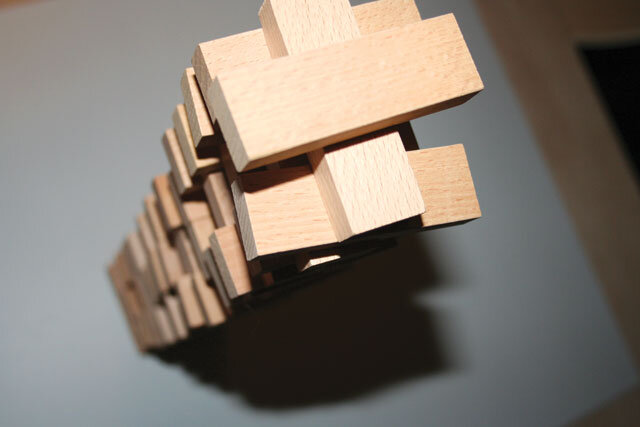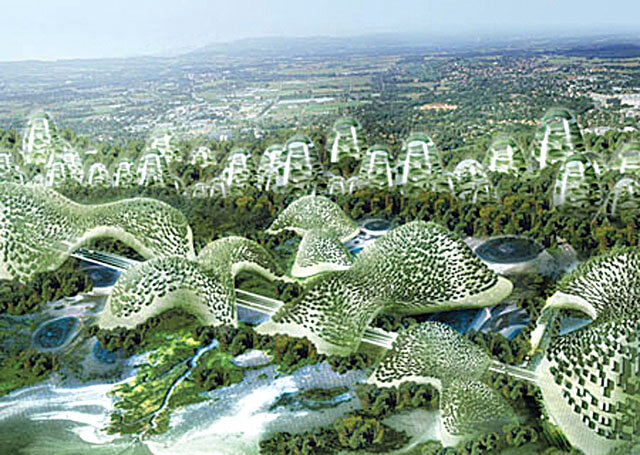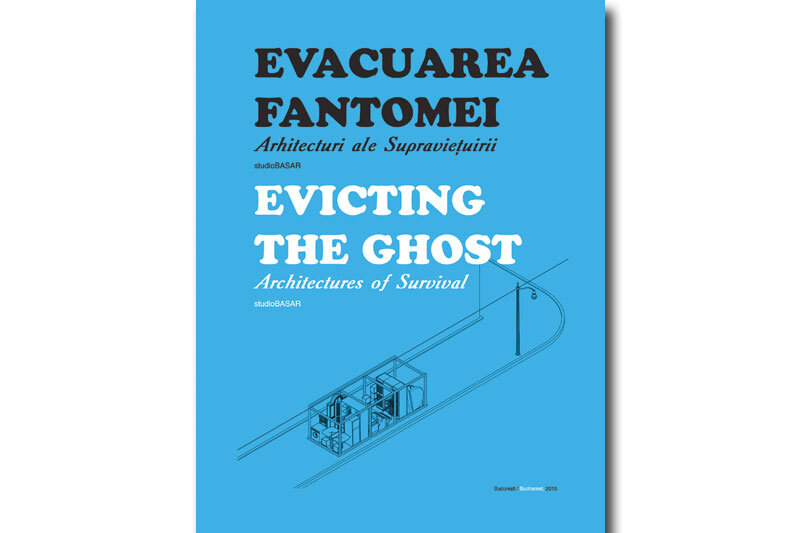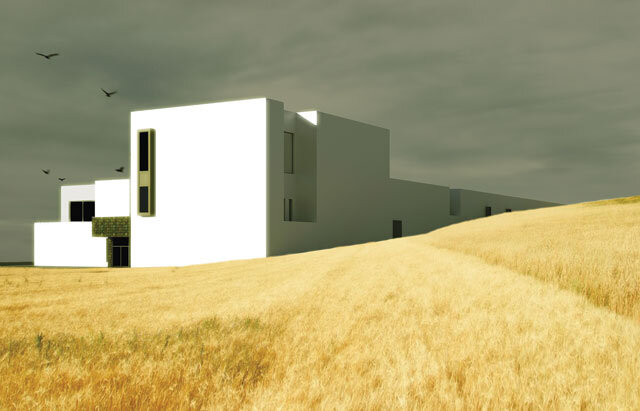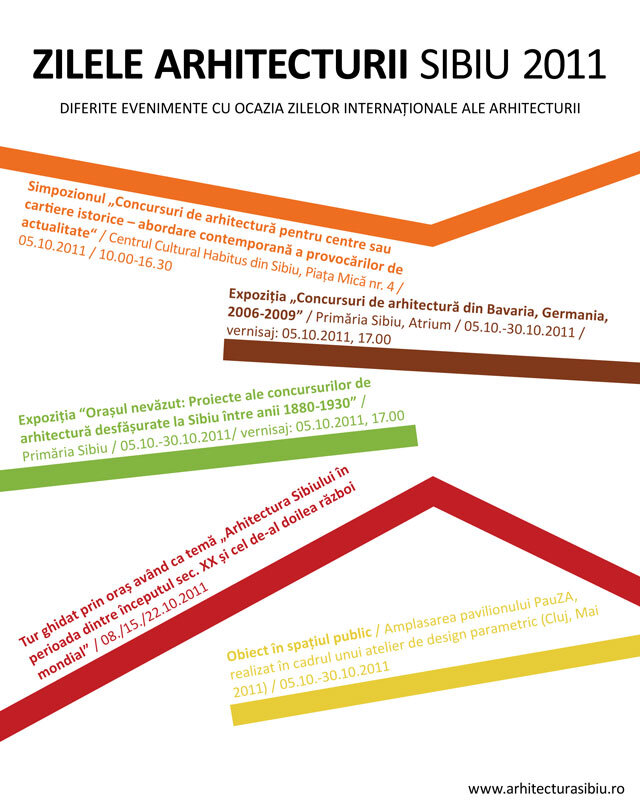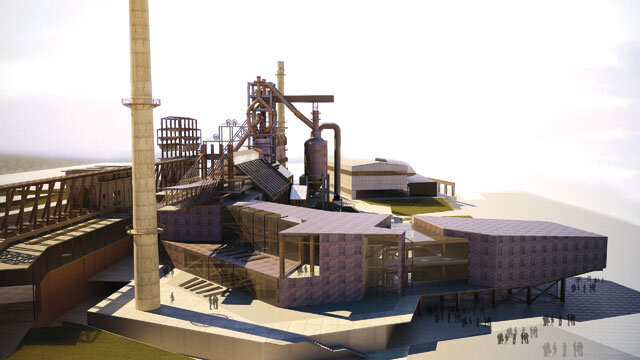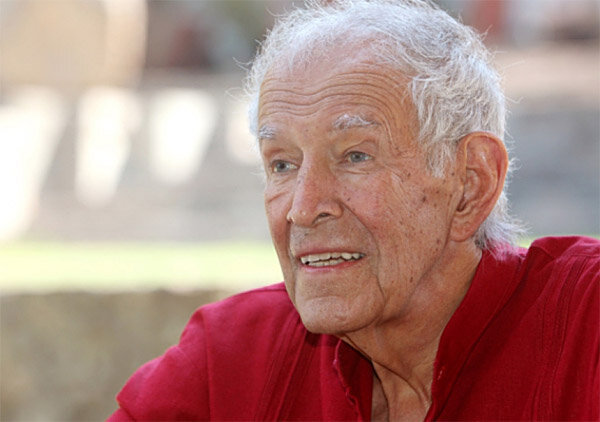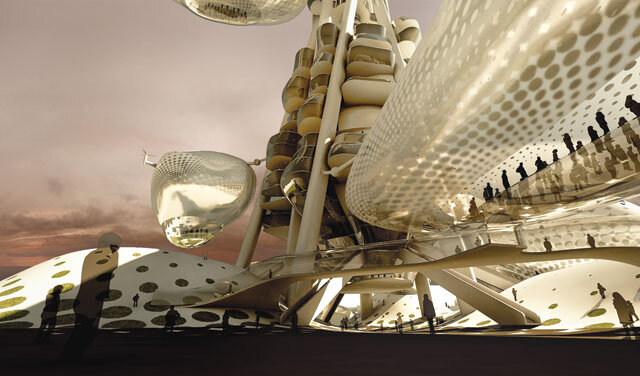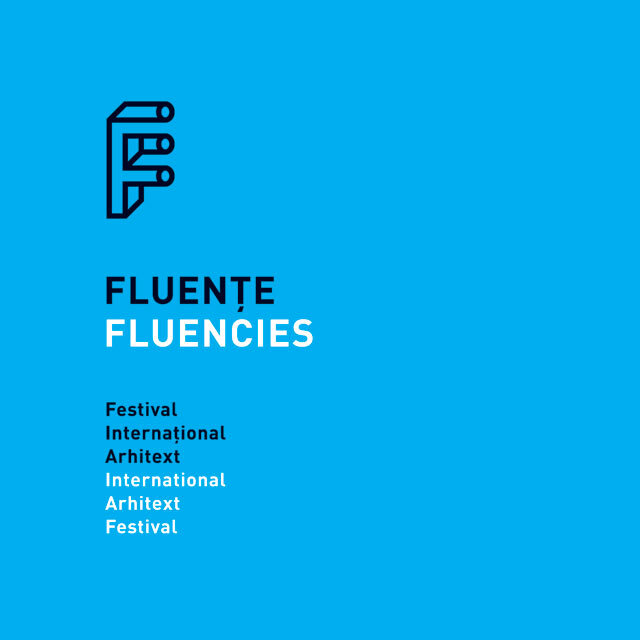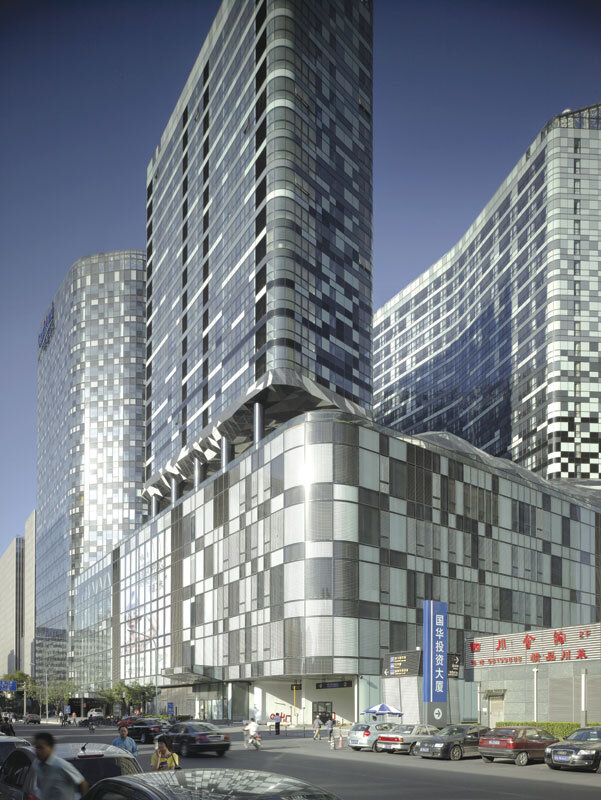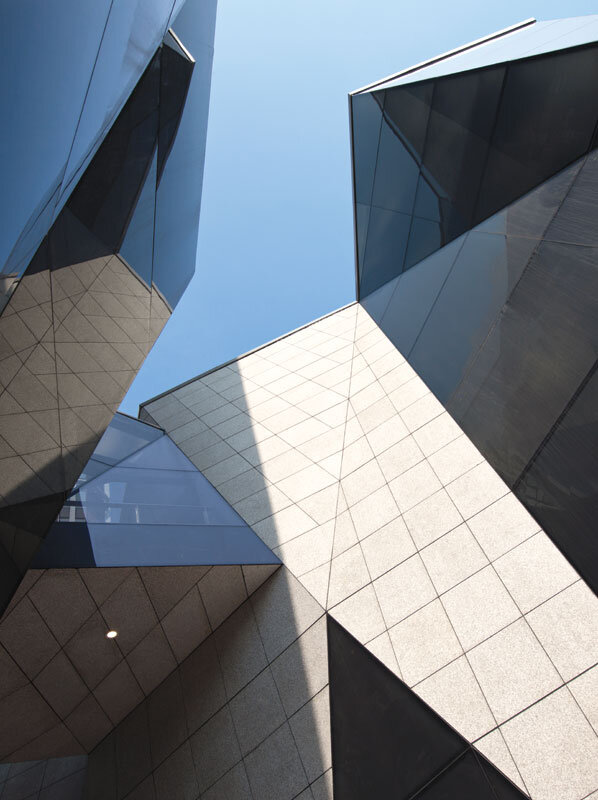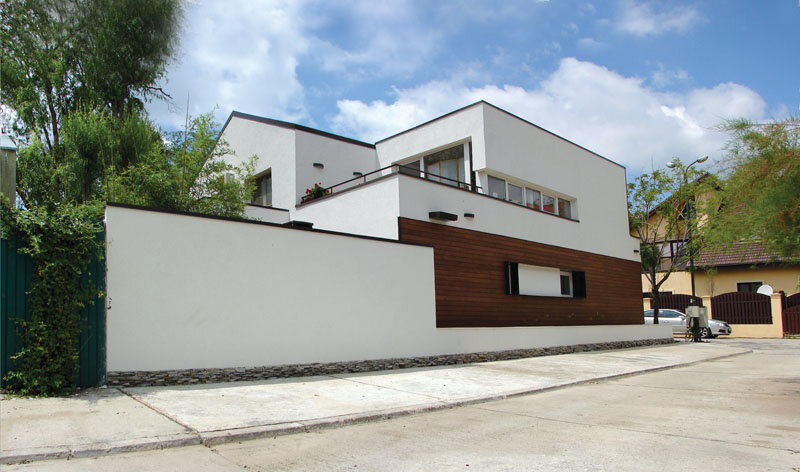
Transparent realities
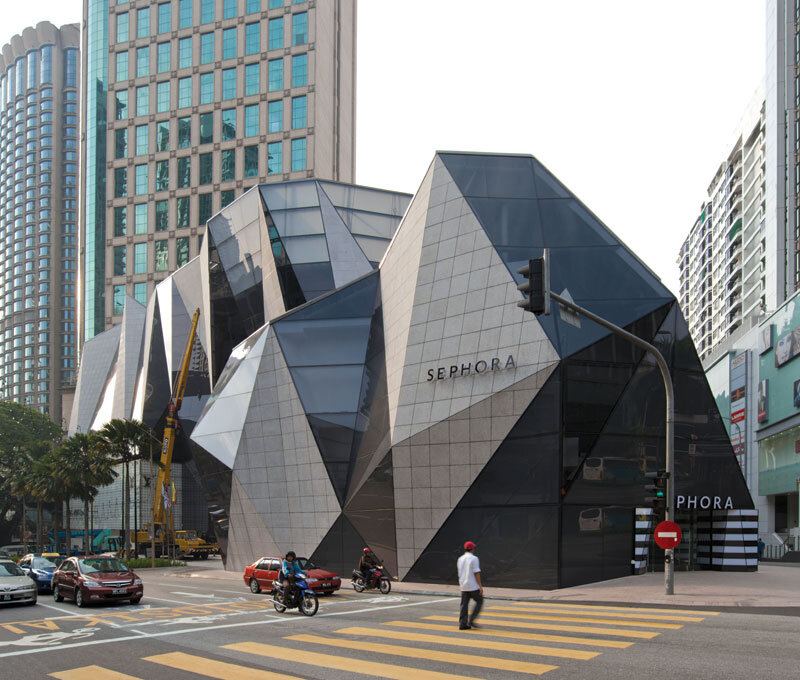
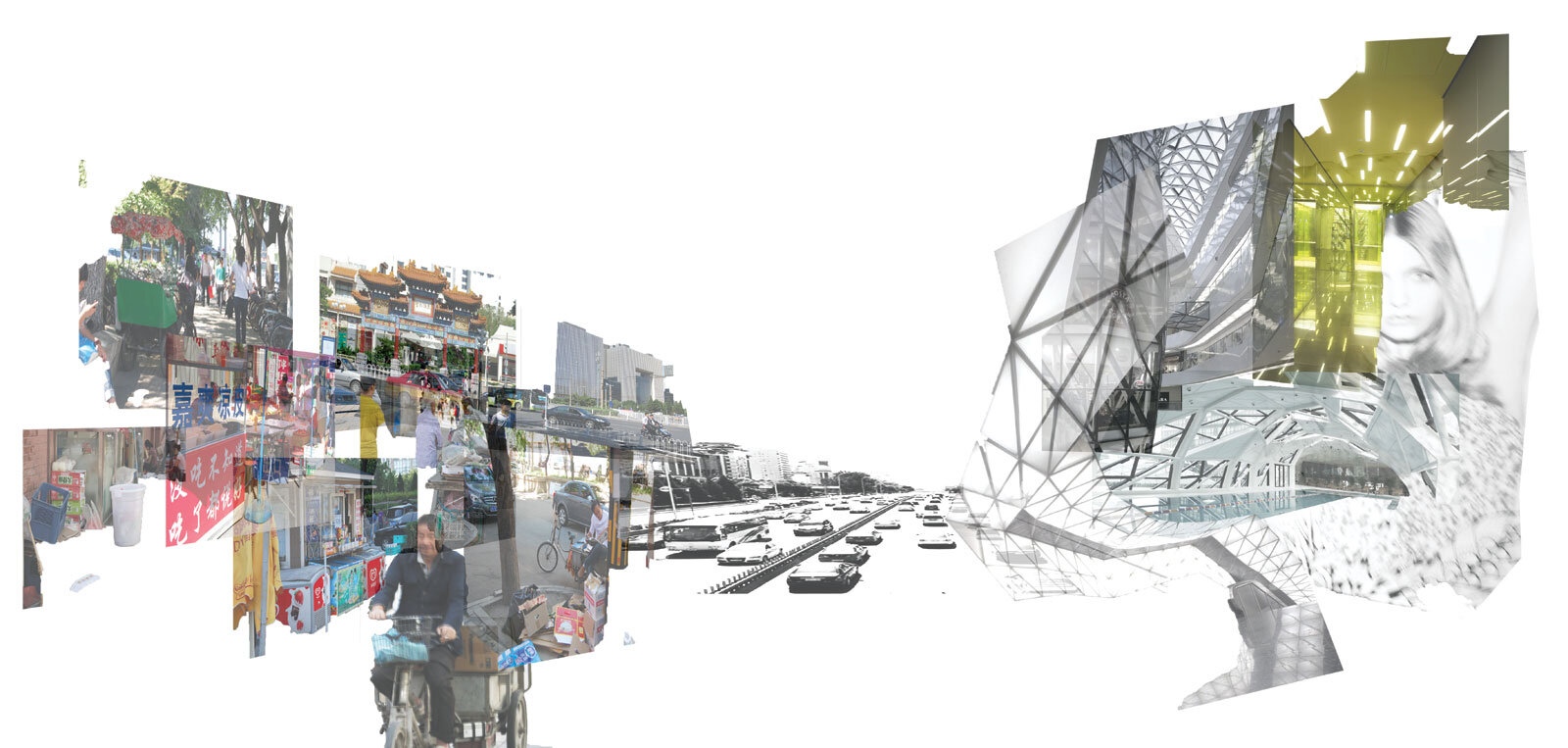
Transparent realities
| What could be a more expressive and appropriate method to describe the organic and multi-layered structure of contemporary mega-cities than the collage technique - emphasizing the contrast between the different coexisting realities?this is also the method that WAI - an architectural think-tank founded in Brussels in 2008 and which opened a branch in Beijing in 2009(www.waithinktank.com)- would put into practice to visualize its analytical and critical ideas related to contemporary urban situations. Asking "What About It?", Nathalie Frankowski and Cruz Garcia's motto would be "To interrogate before judging, to think before asserting, to analyze before drawing conclusions". Jan Felix Clostermann co-founded Sparch in 2009, and is currently the director of the Beijing branch, with extensive experience in urban and multifunctional building projects in both Europe and China. Their answers to questions about contemporary mega-cities will help us in identifying current urban relationships. K.CS.: What would be the argument for the emergence of different realities inside buildings in China? Is the reason contextual, cultural or political? WAI: China is fertile ground for the proliferation of contemporary architecture. Cities are constantly changing and developing. In this remarkable resurgence, projects of different types are emerging, from buildings with the signature of great architects to seemingly anonymous developments. The relationship between interior and exterior depends on the type of project and the nature of the properties. If we look at the substantial scale of the projects - mostly developed by private clients - they are imagined as real cities on a smaller scale. We often find a whole urban reality inside these mega-constructions. Consequently, the indoor/outdoor relationship is transformed into a complex interconnection based on multi-layered properties. In addition, while these buildings promote an intense mix of different functions, their peripheral activities reflect or contrast the interior ones. For example, in some cases, the urban activities around the projects become extensions of the inner activities of the buildings. |
| Read the full text in issue 4 / 2011 of Arhitectura magazine. |
| What could be a more expressive way of describing the organic, multi-layered structure of current mega-cities, than the collage technique, showing the complex mixture of different coexisting realities?This is a tool that WAI - an architecture think tank founded in Brussels in 2008 and set up practice in Beijing in 2009(www.waithinktank.com)- would choose in order to visualize their analytical and critical views about contemporary urban situations. By asking "What About It?", the motto of Nathalie Frankowski and Cruz Garcia is: "To question before judging, to think before affirming, to analyze before concluding". Jan Felix Clostermann co-founded Sparch in 2009, and he is currently the director and head of the Beijing office, with an extensive experience in mixed-use and urban projects both in Europe and China. I asked them to answer a few questions in order to understand the current urban relationships in Chinese mega-cities. K.CS.: Is it a contextual/cultural/political reason that buildings in China try to present a different reality almost totally disconnected from the existing urban context? WAI: China is a fertile soil for the proliferation of contemporary architecture. The cities are constantly changing, growing. In this remarkable upturn, different types of projects arise, from signature buildings to apparently authorless developments. The relationship interior/exterior depends on the kind of project and the kind of ownership. If we look at the substantial scale of the projects, mostly developed by private clients, they are envisioned as small versions of genuine cities. It is common to find a whole urban reality contained inside these mega-buildings. Consequently, the relationship interior/exterior transmutes into a more complex multi-layered property related interrelation. Moreover, while these buildings promote an intense mixture of uses in their interiors, their outdoor activities can either echo or totally contrast with the indoor ones. For instance, in some cases you can see the urban activities around the projects extending outside the programs of the building. |
| Read the full text in the print magazine. |
Graduated from UAUIM (2010), Kamilla CSEGZI is currently working as an architect at the international architecture office SPARCH in Beijing (China). During her university studies - through a Socrates scholarship - she had the opportunity to study for a year in Paris, which ultimately led to an internship in the architectural office Ateliers Jean Nouvel.

